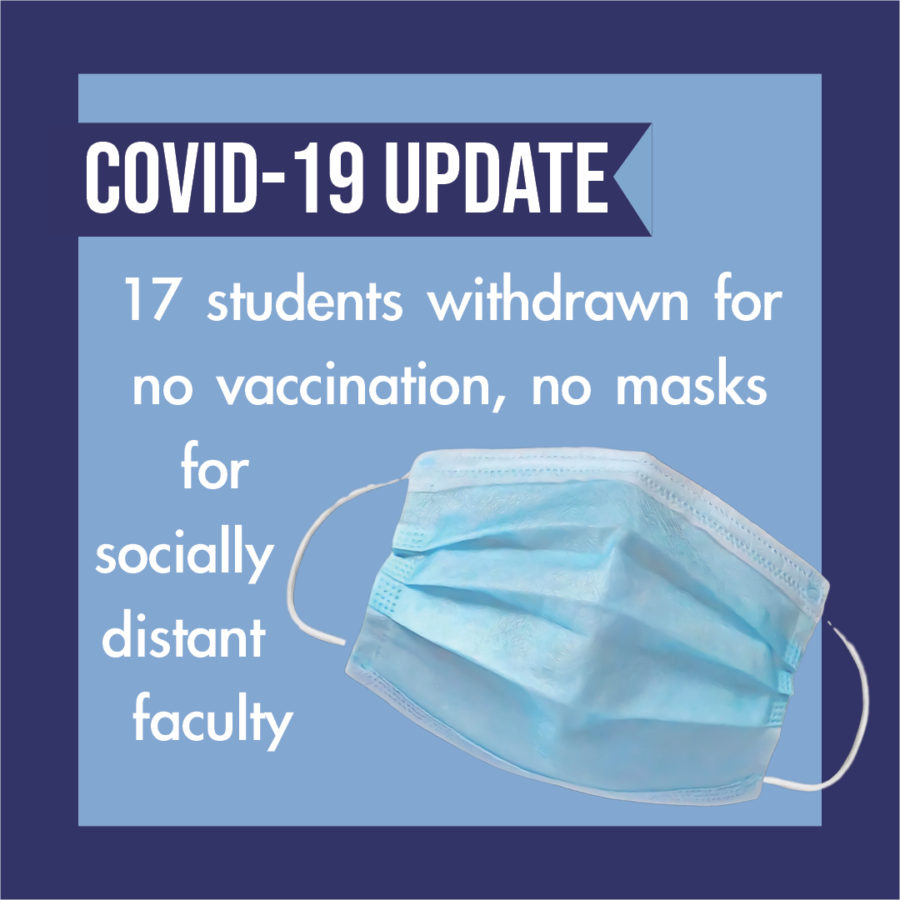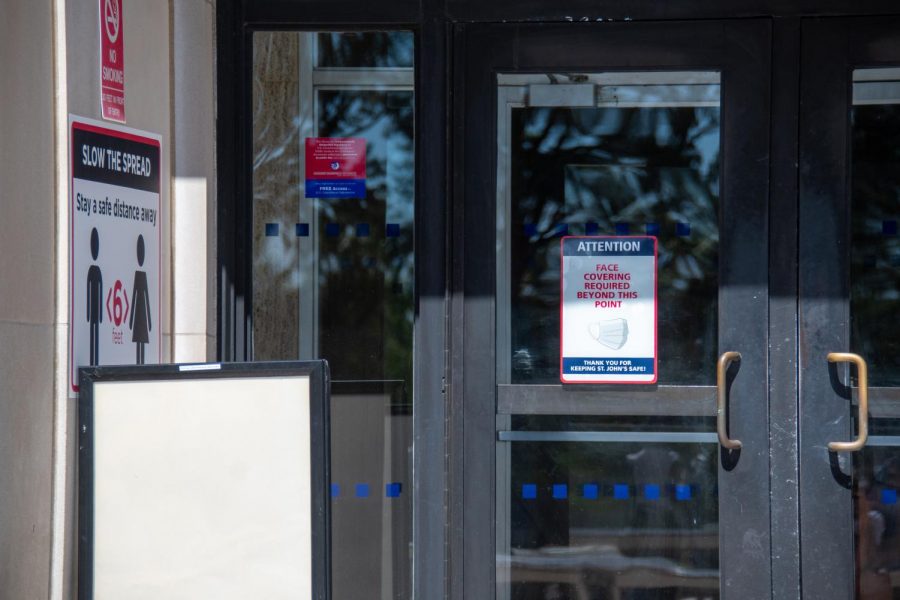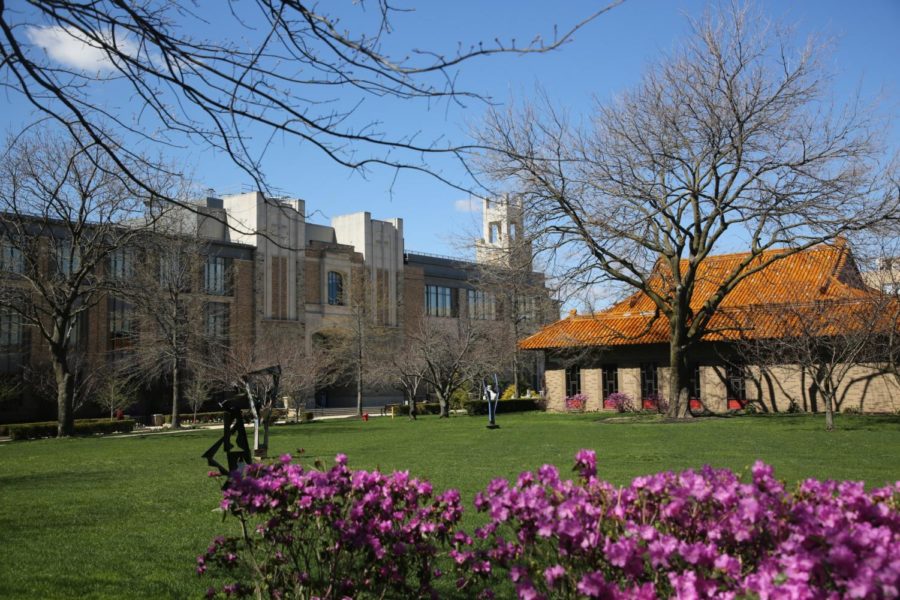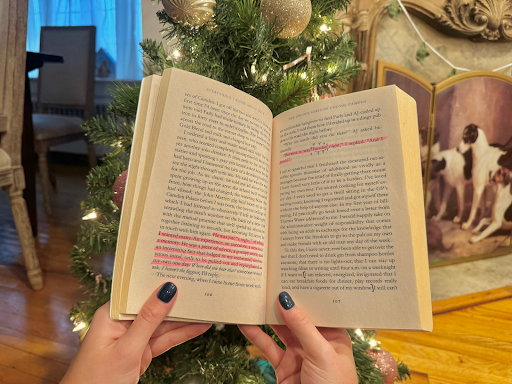Election updates: Tuesday, April 28 – Hillary Clinton endorsed Joe Biden. Wednesday, April 8 – Senator Bernie Sanders suspended his presidential campaign, paving the way forward for Joe Biden to win the democratic nomination. Tuesday, April 14 – Former President Barack Obama endorsed Joe Biden. Wednesday, April 15 – Senator Elizabeth Warren, who also ran for the democratic nomination, endorsed Biden. April 15 – Rep Vernon Jones endorsed President Trump
History books in the United States have widely labeled World War I as one of the main world events that defined 1918. According to the Department of Veteran Affairs, 4.7 million service members died because of the war. In addition to the destruction caused by the war, Spanish Influenza was running rampant worldwide. The Centers for Disease Control and Prevention said this pandemic alone killed 650,000 Americans. The disease arrived on U.S. soil in the spring of that year, months ahead of the midterm election.
The election took place during Woodrow Wilson’s presidency. The Democratic and Republican parties were both vying for control in the House and Senate. A look into The New York Times archives shows that the paper first mentioned the potential presence of the disease in New York in August of that year. “Spanish Influenza Here, Ship Men Say,” read the front-page headline. In mid-October the headlines read, “My Abandon Campaign: Theatres Closed and Meetings Prohibited Because of Influenza.” States were closing establishments like churches and schools, and cancelling concerts and any activities that drew large gatherings. Because rallies brought in crowds, campaigns sought coverage in newspapers or turned to direct mailing.
The number of people testing positive for the disease was declining in the northeast (the west had an incrementing number of cases) during the first few days of November. The region lifted quarantine measures and candidates returned to the campaign trail. Researchers suggest civic pride and patriotism from the war influenced plans to proceed with the election.
On Nov. 5, 1918, around 40 percent of eligible voters — women were not permitted to vote at the time — cast their ballot. Republicans won both the House and Senate. It is unclear if the disease was the main contributor to the turnout. An estimated 2 million soldiers overseas at the time represented a bulk of eligible voters.
Present Day
Similar to 1918, today schools, stores and many other places are closed to prevent large gatherings. One of the main differences between presidential elections now and those in 1918 is that campaigns have the ability to go virtual. Election Day is just seven months away.
As the presumptive Democratic nominee, Joe Biden — in lieu of physical rallies — is focusing on the internet for campaigning. He has held virtual town halls, online fireside chats from his basement in his home state of Delaware with donors, roundtables called “Happy Hour with Joe Biden” and has also added the title of “podcaster” under his belt with his “Here is the Deal” podcast, which has featured guests such as former presidential running-mate Senator Amy Klobuchar. Biden is also receiving virtual campaign support from his wife, Jill Biden, who will begin hosting her own virtual events on Wednesday.
President Trump has launched virtual events featuring his son Donald Trump Jr. and virtual coalition meetings, with the next meeting scheduled for Wednesday. According to an investigation by The Guardian, Trump’s campaign has also heavily relied on Facebook ads, having spent $20 million in an effort to reach the platform’s customers. The campaign is also keeping up with the times as several media outlets have reported that the campaign has ordered branded face masks.
How will voting take place?
Some states are currently using mail ballots for their primary elections. It is still unknown whether mail voting will be used for this year’s presidential election.













